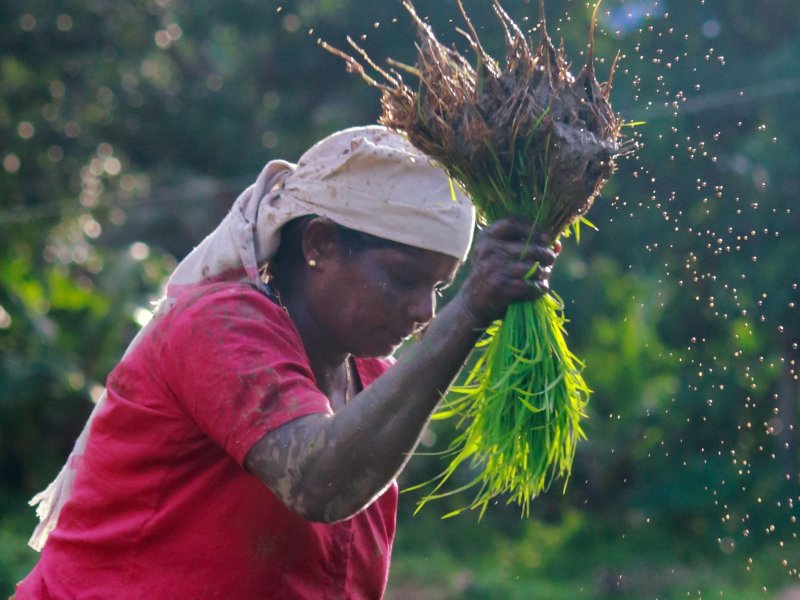Microcredits are small loans that are mainly used in developing countries. For many years, they have been regarded as a central instrument of development work. Microcredits are small loans that are mainly used in developing countries.
For many years they have been regarded as a central instrument of development work, as they give individuals living in poverty the opportunity to build up a decent livelihood, or expand it. Microcredit offers are aimed at low-income people, most of whom live in the global South (Africa, Asia, South America) and have no access to other financial services. As they are usually unable to offer collateral, they can’t get traditional loans - and thus have no chance of establishing an economic existence.
Microcredits give these people the opportunity to borrow money at fair conditions. The sum is usually a maximum of 1000 USD, which can be used to make small investments, set up a business and gradually raise their standard of living. For example, borrowers can use microcredits to finance seeds for growing food or a sewing machine so that they can earn money independently in the medium term. The principle is therefore about helping people to help themselves. The aim is to enable people to find their own way out of poverty.
The primary source of microfinance is Grameen Bank, which was founded by Muhammad Yunus in the 1970s. The concept was awarded a Nobel Peace Prize in 2006. Following this example, many specialised non-governmental organisations (NGOs), which call themselves microfinance institutions (MFIs), now grant microloans. True to the principles of development aid, the borrowers are supported and technically advised by experts from the respective MFI. As a rule, the repayment models are designed flexibly so that they can be adapted to the respective requirements of the customers.
A further principle is guarantees, which the candidates must present in order to obtain a loan. This not only serves to safeguard but also to support the community principle of local stakeholders. The so-called solidarity circles stimulate the formation of a network structure, even if the repayment of the loans remains with the respective individuals. Another principle of microcredit is the preferential allocation to women in order to promote their independence and autonomy in particular.
